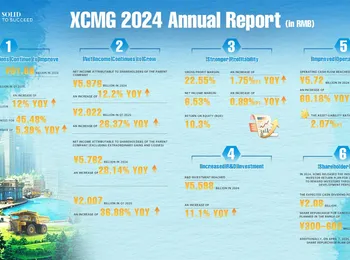Many individuals saving for retirement may not be aware of collective investment trusts (CITs), despite possibly holding them within their employer-sponsored plans. This investment tool provides a range of benefits compared to mutual funds that your employer might offer in a 401(k). With lower fees, enhanced tax efficiency, and greater flexibility, CITs present an appealing option. However, they also carry certain risks. Given their popularity, and with CITs comprising nearly a third of assets in defined contribution plans, amounting to about $7 trillion, it's worthwhile to review your retirement plan.
A CIT is a pooled investment vehicle, similar to a mutual fund, managed by banks or trust companies, but it has distinct differences. Not traded on stock exchanges, CITs often cost less due to lower regulatory and marketing requirements. They are available exclusively in qualified retirement plans, including 401(k), 457(b), and federal Thrift Savings Plans, with plans to extend to 403(b) participants starting March 2025. “CITs come in many varieties,” explains Corbin Grillo, director of Investment Strategy at Linscomb Wealth. Some may focus solely on U.S. or international stocks, while others prioritize high-quality bonds. Retirement plans often offer CITs combining various asset classes.
Identifying if your 401(k) includes a CIT can be tricky as CITs don't trade on open exchanges and lack ticker symbols, unlike mutual funds or stocks. Look for the term "Trust" or the abbreviation "Tr" in the investment's name. Although CITs don't issue prospectuses, your retirement plan administrator should provide a fact sheet or profile. CIT target-date funds have surpassed mutual funds, representing 50.5% of target-date assets as of June 2024, according to Morningstar, contrasting with the 49.5% held in mutual funds—a sharp decline over the last decade.
CITs share attributes with mutual funds as both are pooled investments meant to achieve specific investment goals, yet they differ in several key areas. Mutual funds are generally public, while CIT investment is confined to retirement plans. CITs often have lower operational costs, with savings typically passing to investors via reduced expense ratios. A Morningstar study highlighted that CITs are cheaper 91% of the time than comparable mutual funds.
Unlike mutual funds, CITs aren't obliged to distribute dividends or capital gains, instead reinvesting earnings to enhance the investment's net asset value. CITs might impose redemption restrictions, permitting withdrawals on a monthly or quarterly basis, and do not guarantee the immediate return of funds. They are regulated by the Office of the Comptroller of the Currency (OCC) or state banking regulators, whereas mutual funds fall under the SEC. However, CITs may present transparency challenges due to different regulatory standards, lacking ticker symbols, making it harder to investigate CIT holdings and management practices.
Whether a CIT suits you depends on your investment goals. CITs might provide lower fees and greater flexibility than mutual funds. Managers often customize CIT investment strategies to suit retirement plan participants’ objectives. Despite their advantages, CITs are less accessible than mutual funds, limited to employer-sponsored retirement plans and usually not available when transferring a 401(k) to an IRA. The absence of dividend and capital gain distributions may encourage increased positions rather than allowing for excess cash to invest elsewhere.
When contemplating a CIT, align your decision with your goals. If a CIT fits your investment strategy, it might be a beneficial addition to your portfolio, especially if you seek low costs and diversification. However, it may not suit those needing regular portfolio income or withdrawals. Each investment decision should reflect personal preferences, objectives, and time horizons, as there isn't a one-size-fits-all investment vehicle.
























